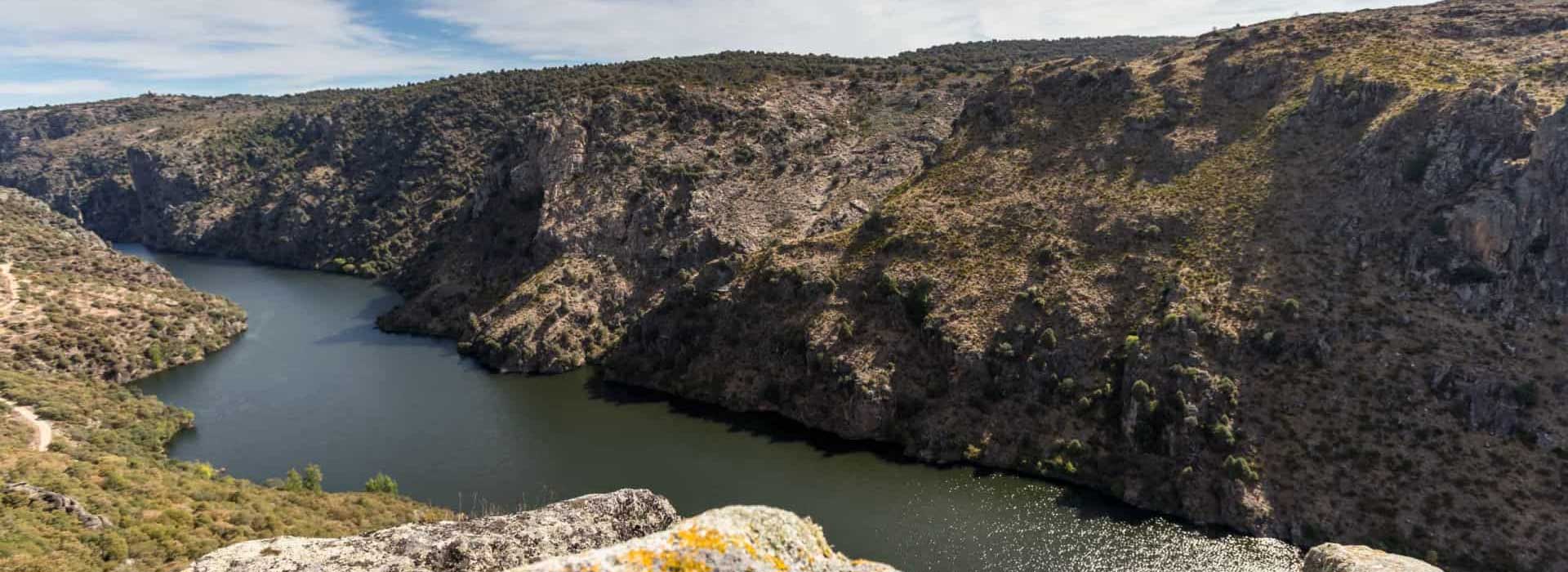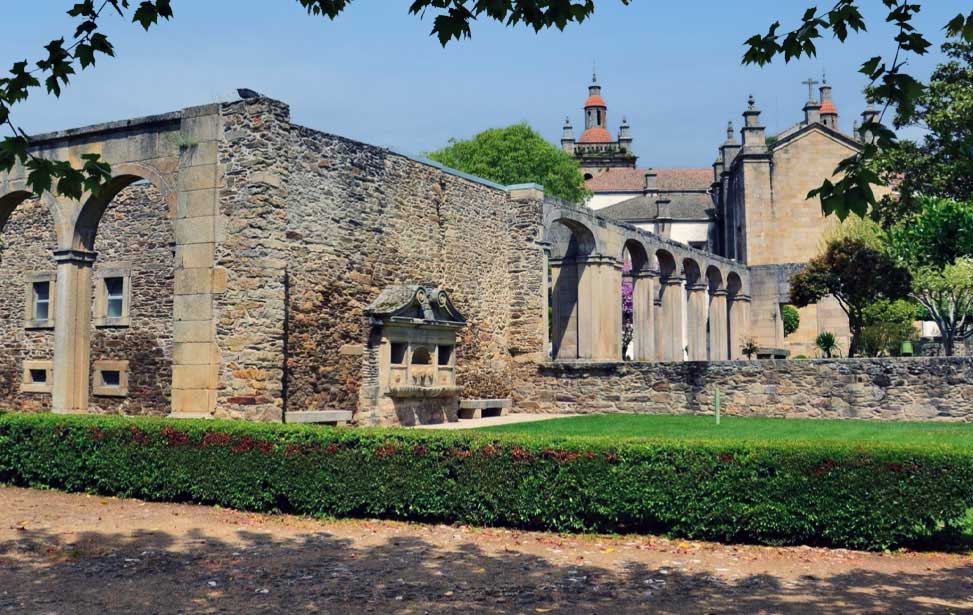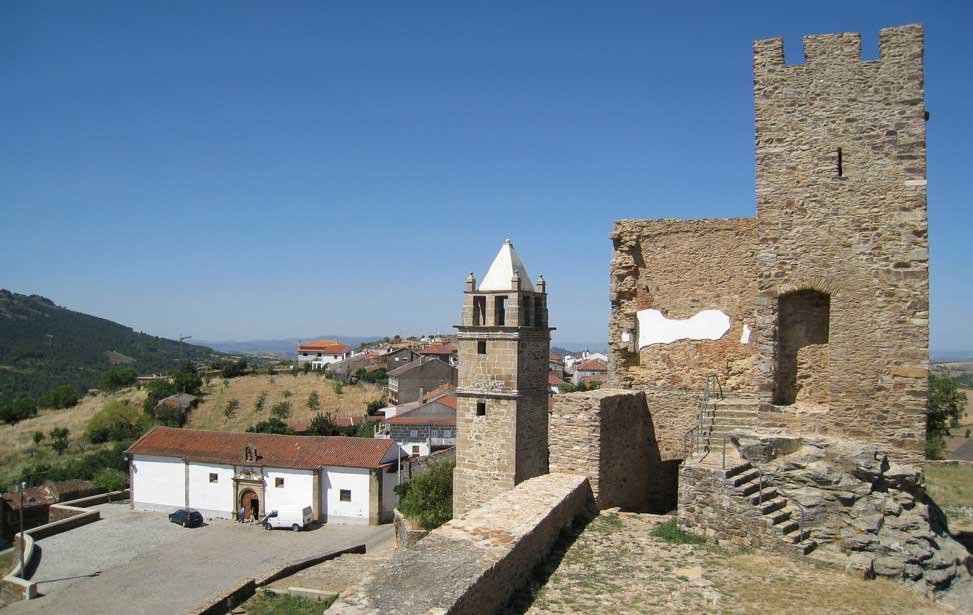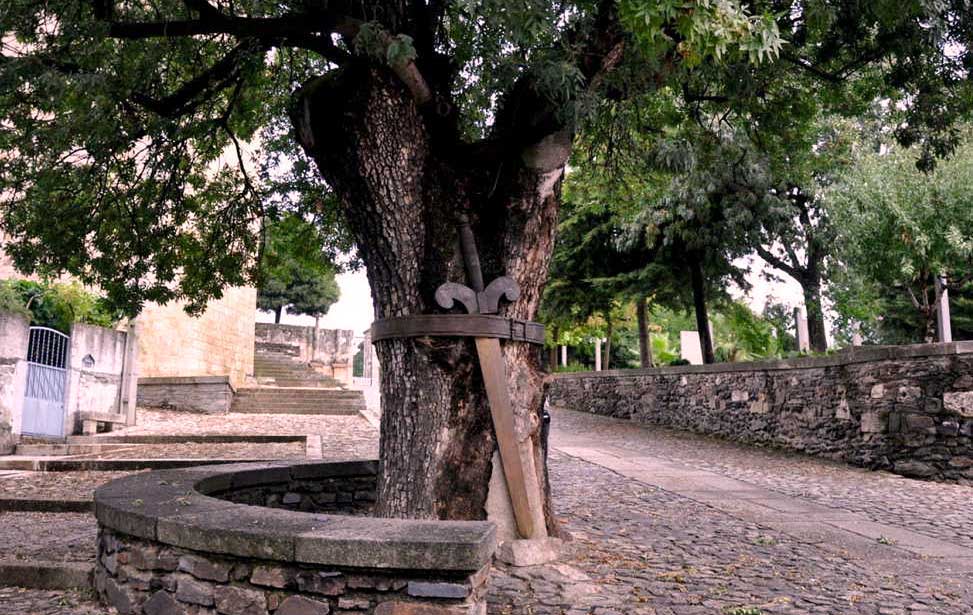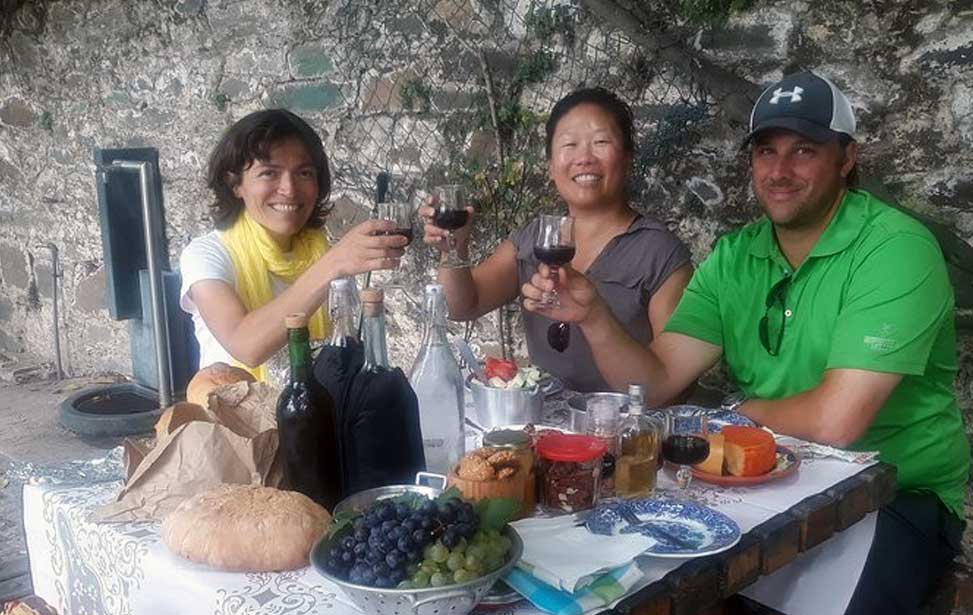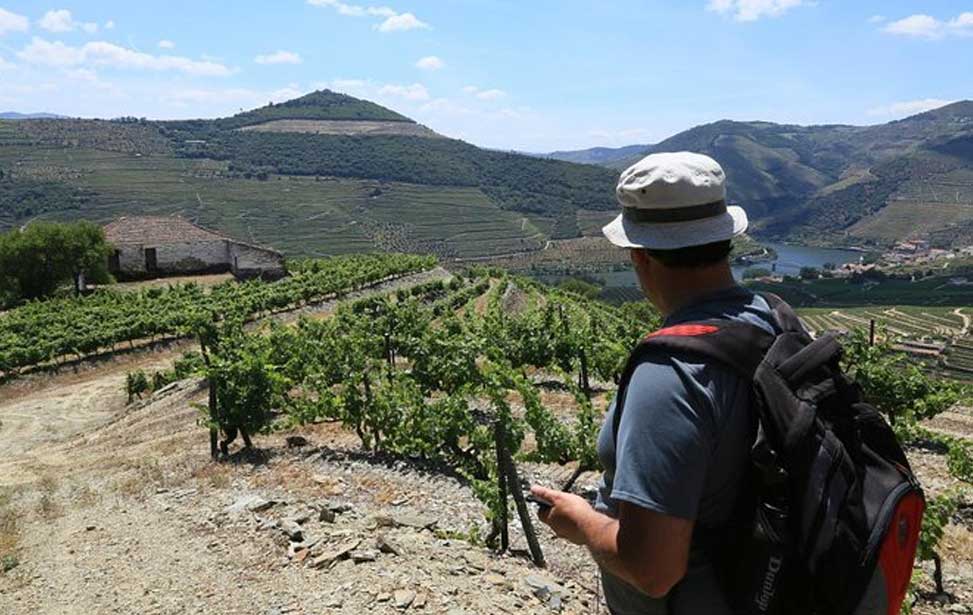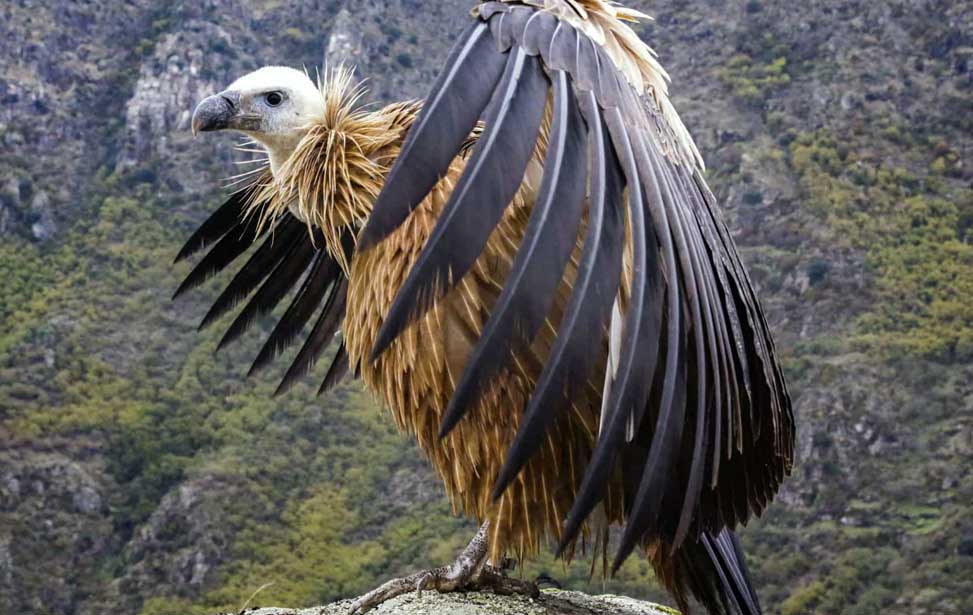PARQUE NATURAL DO DOURO INTERNACIONAL
The Parque Natural do Douro Internacional covers a long strip of land that follows the western bank of the River Douro which forms the border between Spain and Portugal. The area has a special Mediterranean microclimate which has warmer winters than other areas in the Trás os Montes region. This in combination with the sparse human population of the area has led to the survival of several animal and plant species that are now extinct in the other regions of Portugal.





